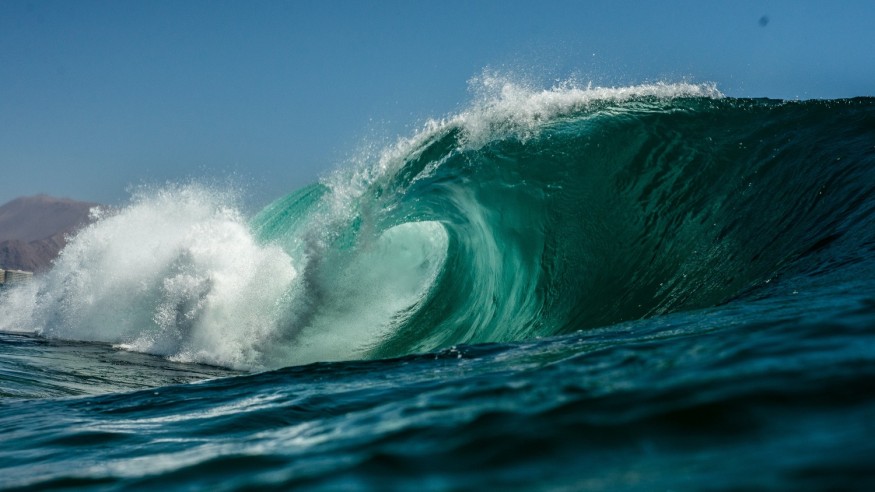Tsunami-like waves struck the Hawaiian coastline, resulting in widespread flooding and disruption of a wedding party as sea water also entered homes and businesses inland.
Weather reports suggested the colossal waves were due to the passage of the remnants of Hurricane Derby, which dissipated over the weekend.
Still, hazardous surf conditions reportedly still pose a threat to the island state until Monday, July 18, as strong winds could bring relatively larger waves into the shores, resulting in further coastal flooding.
In recent days, the waves damaged several buildings and forced road closures.
The recent adverse weather event highlights the vulnerability of Hawaii to various natural hazards, in addition to earthquakes and volcanic eruptions.
In particular, weather and climatic factors place the island at risk given that it is situated in the middle of the Pacific Ocean.
Previous events showed that some hurricanes and unnamed storms passing Hawaii have resulted in a number of casualties and infrastructural damage.
In 1992, Hurricane Iniki became the most powerful hurricane to strike Hawaii in recorded history, killing six people and resulting in around $3.1 billion worth of damage.
Tsunami-Like Waves

Fox 5 New York posted a video on Monday of the tsunami-like waves crashing over buildings in Keauhou-Kona, Hawaii, including a two-story condo.
The incident occurred during the weekend as the Big Island dealt with the heavy surf.
Isabella Sloan originally recorded the video, which showed that the gargantuan waves damaged several condominiums, including Sloan's residence, according to Hawaii News Now.
The media reporting stated that oceanfront buildings in the area received the tidal wave blow of the "historic" surf conditions on Saturday, July 16; at a time when swells were forecasted to reach up to 20 feet along the southern coast of the island.
Fox Weather Meteorologist Jane Minar confirmed that the intense waves were due to Hurricane Darby remnants.
Following the incident, there were no immediate reports of any casualties.
Recovery Efforts Underway
A day after the so-called historic south swell, recovery efforts were underway as of Sunday, July 17.
Oceanfront communities across the island engaged in clean-up efforts, which includes roadways damaged by the waves, Hawaii News Now says.
The efforts will include the repair of a damaged seaside housing development and flood townhomes, as well as commercial establishments like, including a bar and catering tables.
Hurricane Darby
Formerly Hurricane Darby, the system was weakened into a tropical storm and then into a rainstorm over the relatively cool waters of the Central Pacific Ocean as it passed through the southern shores of Hawaii, according to AccuWeather.
The weather forecasting company said that in spite of the degraded status, Tropical Rainstorm Darby still managed to generate the large waves after peaking as a Category 4 hurricane over the East Pacific Ocean.
Pacific Hurricane Season
The National Oceanic and Atmospheric Administration (NOAA) stated that the eastern Pacific hurricane season approximately starts from mid-June and lasts until the end of November each year.
Meanwhile, the central Pacific hurricane season starts on June 1 with an end duration similar to its eastern counterpart.
Related Article: 'Silent' Tsunamis Come Along With Recent Intense Volcanic Eruptions
© 2025 NatureWorldNews.com All rights reserved. Do not reproduce without permission.





